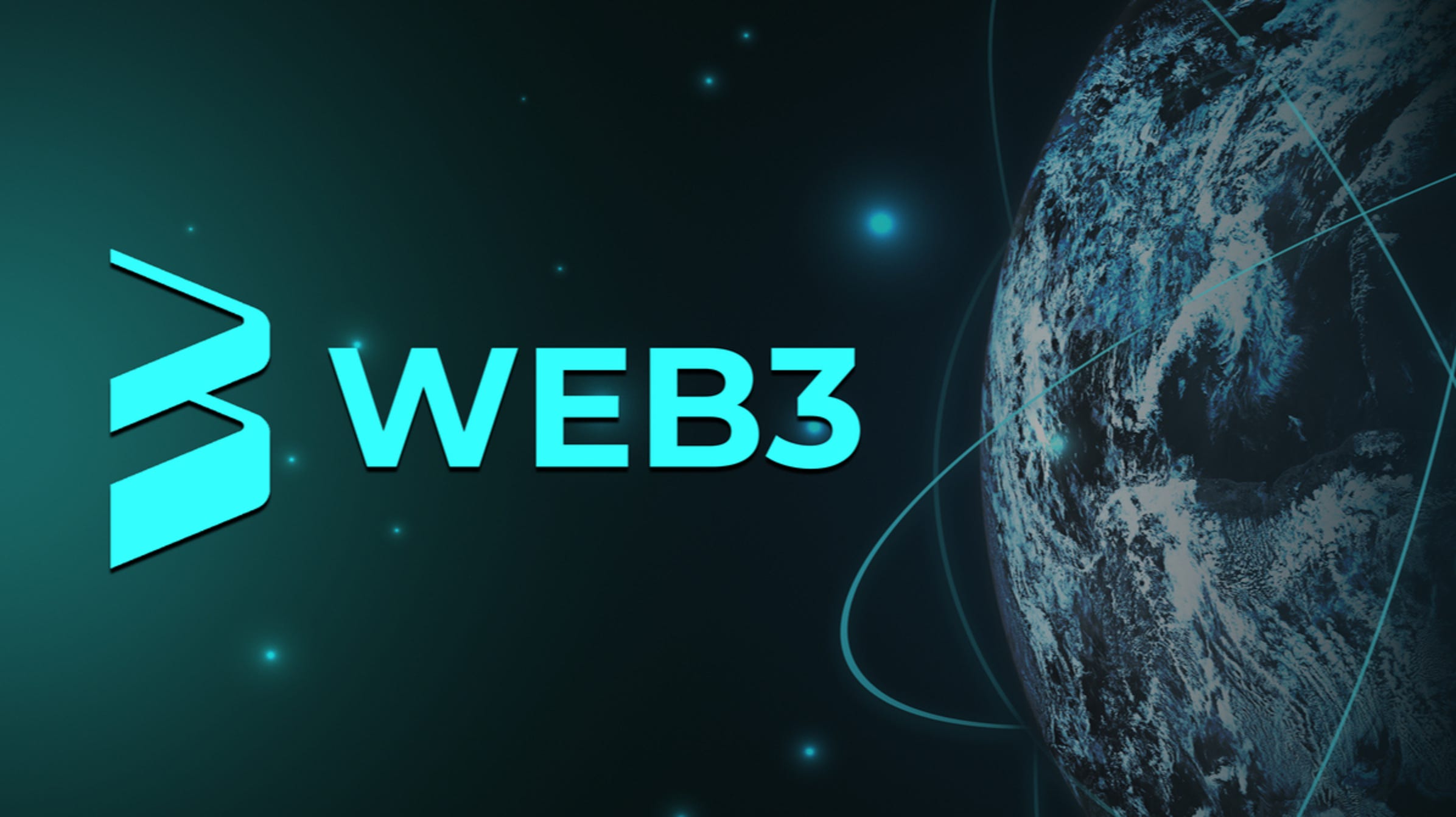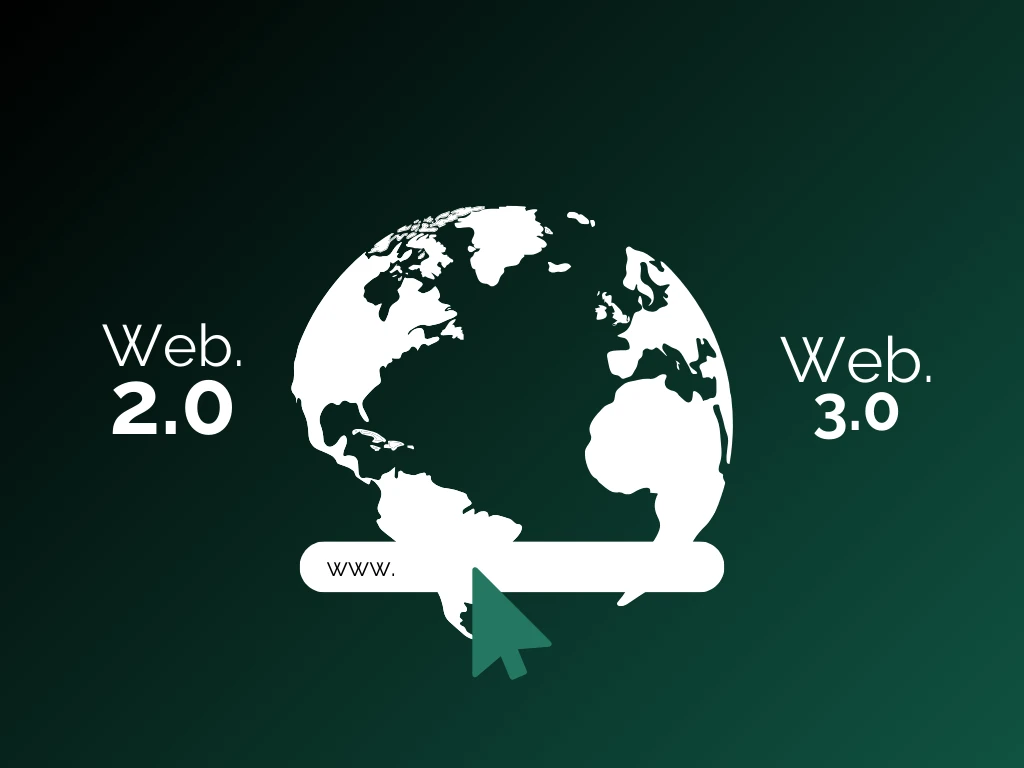Remember when everyone was talking about Web3 like it was going to revolutionize everything? NFTs were selling for millions, crypto was hitting all-time highs, and every tech conference had at least five panels about decentralized autonomous organizations. That was 2021-2022. Fast forward to today, and the conversation has gotten a lot quieter.
So what happened? Did Web3 fizzle out as just another tech bubble, or is it quietly building the foundation for something bigger?
The Web3 Promise vs. Reality Check
Let’s be honest about what Web3 promised us. A decentralized internet where users own their data, creators get paid directly without middlemen, and big tech companies can’t control every aspect of our digital lives. Sounds pretty appealing, right?
The reality has been… messier. We’ve seen spectacular crypto crashes, NFT projects that turned out to be elaborate scams, and enough blockchain drama to fuel a Netflix series. The average person tried to wrap their head around concepts like “minting” and “gas fees” and mostly just got confused.
But here’s the thing about revolutionary technologies – they rarely follow a straight line from hype to adoption.
What’s Actually Happening Behind the Scenes
While the headlines focus on crypto volatility and failed NFT projects, some genuinely interesting developments are happening in Web3 that don’t make as much noise.
Take decentralized finance (DeFi), for example. Yes, it’s had its share of hacks and failures, but it’s also created financial tools that simply didn’t exist before. People in countries with unstable currencies are using DeFi protocols to protect their savings. Small businesses are accessing loans without traditional banks. That’s not hype – that’s real utility.
The gaming industry is quietly experimenting with blockchain technology too, though not always in the way you’d expect. Instead of expensive NFT collectibles, developers are exploring how to let players truly own their in-game assets and take them across different games. Some of these experiments are actually working.
The Infrastructure Play
One of the most compelling arguments for Web3’s long-term relevance isn’t about getting rich quick or owning digital art. It’s about infrastructure.
Think about it this way: the internet started as a decentralized network, but over time, it became dominated by a handful of massive companies. Your photos live on Google’s servers, your social connections exist on Meta’s platforms, and your professional network belongs to LinkedIn. Web3 technologies offer a path back to user ownership and control.
Blockchain networks are becoming more efficient and environmentally friendly. Layer 2 solutions are making transactions faster and cheaper. The user experience is slowly improving – you no longer need a computer science degree to interact with most Web3 applications.
The Practical Problems Web3 Could Actually Solve
Forget the moonshot predictions for a moment. Web3 technologies are already addressing some real-world problems:
Digital Identity: Instead of creating a new account for every service, blockchain-based identity systems let you control your own digital identity across platforms.
Content Creator Economics: Musicians, artists, and writers are using blockchain platforms to connect directly with fans and get paid without giving up huge percentages to platforms.
Supply Chain Transparency: Companies are using blockchain to track products from manufacture to sale, making it easier to verify authenticity and ethical sourcing.
Data Ownership: Early Web3 social platforms are experimenting with models where users own their content and follower relationships, not the platform.
The Skeptic’s Corner
Let’s address the elephant in the room: a lot of Web3 still feels like a solution looking for a problem. Do we really need blockchain technology to send messages to friends? Is decentralization always better than centralized systems that work reliably?
The user experience for most Web3 applications is still clunky compared to traditional apps. Transaction fees can be unpredictable. The learning curve is steep. And yes, there are still plenty of scams and get-rich-quick schemes giving the whole space a bad reputation.
These aren’t small problems, and they’re not going away overnight.
Where We Go From Here
The truth about Web3 is probably somewhere between the extreme hype and the complete dismissal. It’s not going to replace the entire internet overnight, but it’s also not disappearing.
The most successful Web3 applications of the next few years will probably be the ones that solve real problems without requiring users to completely change how they think about technology. They’ll abstract away the complexity of blockchain while preserving the benefits of decentralization.
We’re likely to see more integration between traditional tech and Web3 technologies rather than complete replacement. Your favorite social media platform might start using blockchain for certain features without you even noticing.
The Bottom Line
Web3 is still relevant, but it’s evolving beyond the hype cycle. The space is maturing, focusing more on practical applications and less on speculative investments. The revolutionary changes probably won’t happen as quickly as the most optimistic predictions suggested, but they also won’t disappear as completely as the harshest critics claim.
The real question isn’t whether Web3 is hype or not – it’s whether the technology can deliver on its core promises of user ownership, decentralization, and new economic models. The jury’s still out, but the experiment is far from over.
What do you think? Are you seeing Web3 technologies solve real problems in your life, or does it still feel like a solution looking for a problem? The conversation is just getting started.

With over 6 years of experience in the blogging world, I specialize in crafting engaging, informative, and SEO-optimized content across various niches including tech, digital trends, and online monetization. I thrive on staying ahead of industry trends, experimenting with new content strategies, and helping others grow their digital presence.



